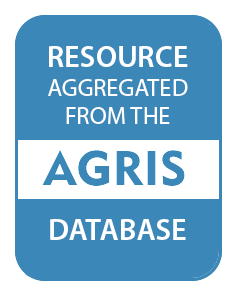Temporal Analysis of Elephant-Induced Thicket Degradation in Addo Elephant National Park, Eastern Cape, South Africa
Elephant-induced thicket degradation in the Addo Elephant National Park (AENP), Eastern Cape, South Africa, was assessed during 1973 and 2010 using multitemporal satellite imagery. Changes in the thicket condition, in relation to the AENP expansion, were analyzed using the Normalized Difference Vegetation Index, postclassification, and landscape metrics.

